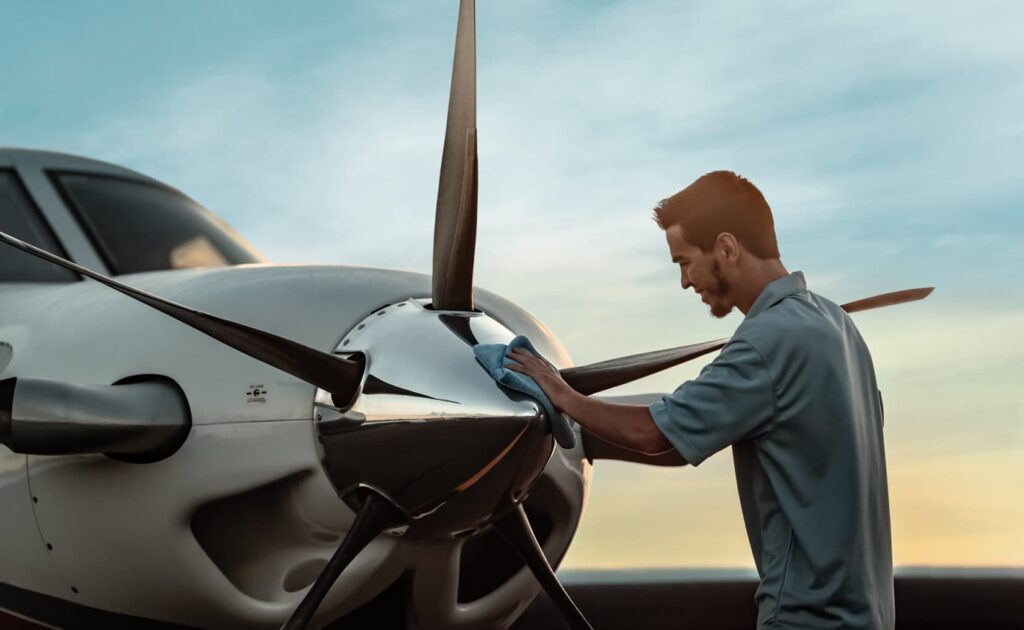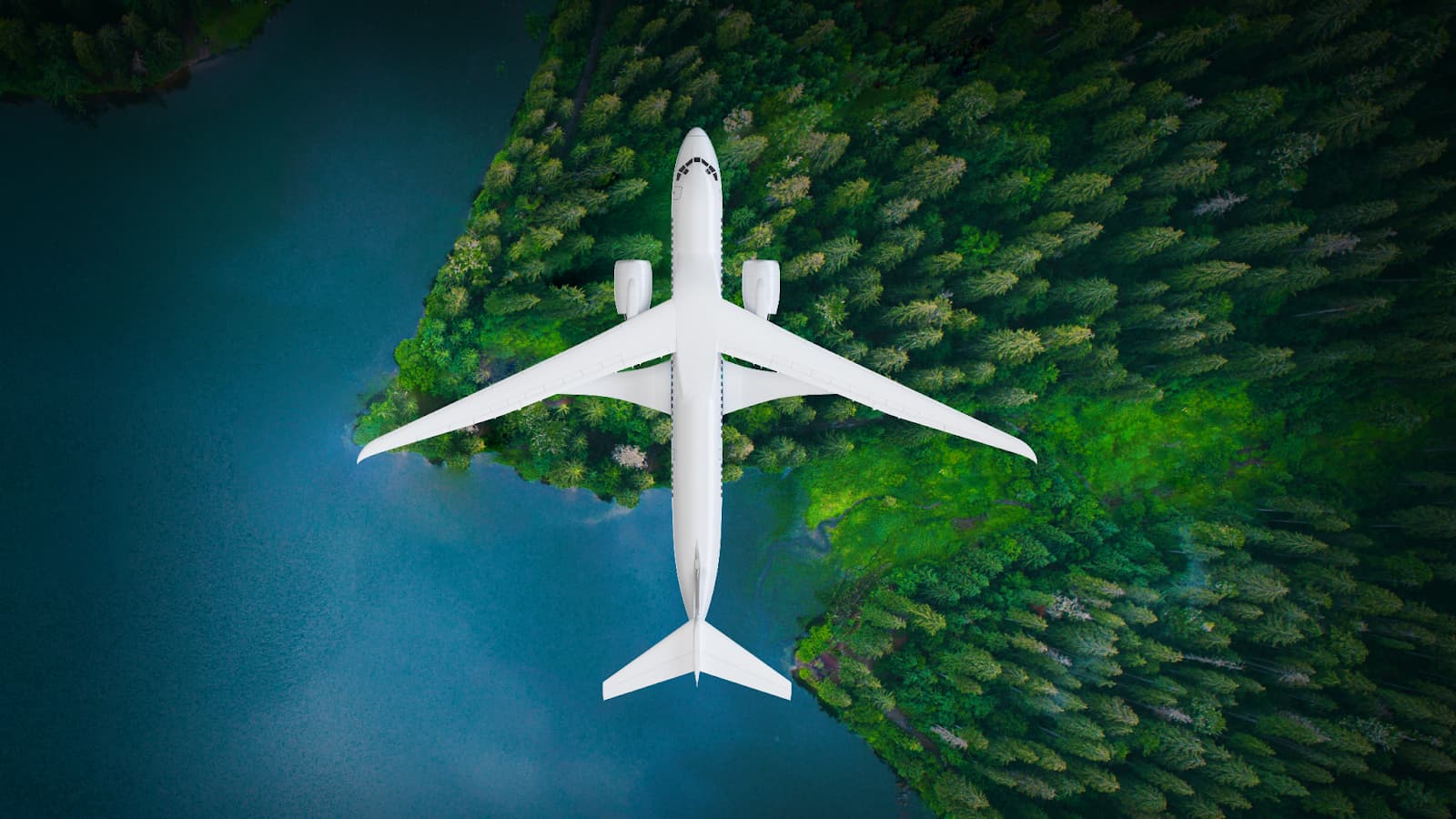Breakthrough Technologies in Aviation Security
In the ever-evolving landscape of aviation, the quest for enhanced security measures remains a paramount concern. With threats to aviation security evolving at a rapid pace, the industry continuously seeks innovative solutions to stay ahead. Breakthrough technologies are playing a pivotal role in reshaping aviation security, offering new ways to protect passengers, crew, and aircraft from potential dangers. This article explores some of the most promising advancements that are setting new standards in the field.
Artificial Intelligence and Machine Learning
Artificial intelligence (AI) and machine learning (ML) are at the forefront of transforming aviation security. These technologies are being applied in various aspects of security operations, from predictive threat analysis to automating the screening process. AI algorithms can analyze vast amounts of data to identify patterns and predict potential security threats with remarkable accuracy. Moreover, machine learning enhances the capability of security systems to improve over time, learning from past incidents to better detect anomalies in the future.
Biometric Screening Technologies
Biometric screening technologies have made significant strides, offering a more streamlined and secure approach to passenger identification. Facial recognition, fingerprint scanning, and iris recognition are now being integrated into airport security checkpoints. These biometric systems not only speed up the screening process but also enhance accuracy in identifying individuals, reducing the chances of identity fraud. The implementation of biometric screening is a step towards a more personalized and secure travel experience.
As the aviation industry embraces these technological advancements, collaboration across global security agencies, governments, and the private sector becomes increasingly crucial. The sharing of intelligence and best practices is essential for the effective implementation of these technologies on a global scale. Ensuring interoperability and standardization among international airports and airlines can help create a unified security framework, making air travel safer for everyone, regardless of their destination.
Advanced Imaging Technologies
The adoption of advanced imaging technologies has revolutionized the way baggage and personal screenings are conducted. Full-body scanners and CT (computed tomography) scanners provide a detailed 3D image of passengers and their carry-ons, allowing for thorough inspections without physical searches. These technologies are capable of detecting hidden objects and substances, including non-metallic threats, with greater precision than ever before. By offering a clearer picture of potential threats, advanced imaging technologies significantly bolster security measures.
Cybersecurity Measures
As aviation systems become increasingly interconnected and reliant on digital technologies, the importance of cybersecurity has never been more critical. Sophisticated cybersecurity measures are being developed to protect aviation networks from cyber-attacks that could compromise flight safety. Encryption, intrusion detection systems, and continuous monitoring are just a few examples of how the industry is safeguarding its digital infrastructure against evolving cyber threats.

Unmanned Aerial Systems (UAS) Countermeasures
The rise of unmanned aerial systems (UAS), or drones, poses a new set of challenges for aviation security. In response, innovative UAS countermeasures are being developed to detect, track, and neutralize rogue drones that could threaten airspace safety. Technologies such as geo-fencing, RF jamming, and drone capture systems are being implemented to protect airports and critical airspace from unauthorized UAS activities.
The Future of Aviation Security
The integration of breakthrough technologies in aviation security is not only enhancing the effectiveness of current measures but also redefining the future of travel. As these technologies continue to evolve and mature, they promise to deliver even greater levels of safety and efficiency. The challenge lies in balancing security enhancements with passenger convenience, ensuring a seamless travel experience without compromising safety.
In summary, the future of aviation security lies in the intelligent integration of cutting-edge technologies with traditional security measures. By staying ahead of threats through innovation and cooperation, and by addressing the ethical implications of these technologies, the aviation industry can continue to provide safe, secure, and efficient travel experiences. The journey towards this future is complex and ongoing, but with each technological breakthrough, we move closer to a world where air travel is not only faster and more convenient but infinitely safer for everyone involved.
In conclusion, the advancements in aviation security technologies are a testament to the industry’s commitment to safeguarding the skies. By harnessing the power of AI, biometric screening, advanced imaging, cybersecurity, and UAS countermeasures, the aviation sector is poised to navigate the complexities of modern-day threats with confidence. As we look to the future, it is clear that technology will continue to play a critical role in shaping the landscape of aviation security, promising a safer and more secure horizon for all.
